What is SIAM?
SIAM is the answer to the increasing complexity of our time. Every company today is confronted with digitization, cloud computing and multi-provider management.
The orchestrated interplay
Gone are the days of long-term commitment to one supplier.
Today we have a huge vendor’s tray in front of us: from IT services and products from the cloud that are offered by well-known manufacturers to useful microservices using app from start-ups.
In this way, an IT landscape has emerged in every company, with the individual services and products interacting like musicians in an uncoordinated orchestra. SIAM offers the solution here. A way for the orchestrated interaction.
Many who are new to SIAM say that SIAM is not new. You are right in that most of the work that is done requires coordination and management of a wide variety of resources.
Good performance is not always success
It is not enough for just one or two of the IT suppliers to do a good job if the entire process does not deliver the expected result. Suppliers will usually do their best to achieve the agreed goals – but it is important that these are the right ones in the overall context.
At the organizational level, the need for management and cross-departmental coordination of suppliers is essential for the efficiency and quality of the entire service. This is becoming even more important now that more and more IT services are migrating to the cloud. However, the IT / technology departments in companies have traditionally concentrated on individual technical elements and services rather than completely controlling the entire process of cooperation between different internal and external teams.
An example from practice
Imagine you are the IT manager of an insurance company. You lead a team of 120 IT employees, some of them programming, others are responsible for the smooth provision of the infrastructure. This includes extensive internal data center and network infrastructure as well as external networks, applications and databases as well as technical services from a large number of providers. Your operations, application and network managers all have supplier relationships with different service contracts and economic restrictions. It is not an isolated case that the different technologies are offered in an optimized way, but from the customer’s point of view there is always unrest about the low level of service quality in IT as a whole. The expectations we have in private life with IT services often play a role in our expectations of what we call good service.
The SIAM Unique Selling Proposition
There is no shortage of frameworks and methods of how IT operations should be designed. Today, IT managers can learn a lot when it comes to meeting the need to design the entire IT service supply chain as an end-to-end process and not as individual “silos”. This is what Service Management has always strived for – with cross-departmental processes that support the provision of “services”.
Although this approach with quasi standards such as ITIL has achieved some success within companies, a classic supplier-customer relationship has always been assumed and so far little value has been placed on the fact that this approach no longer in the broader IT environment, which usually consists of more and more suppliers fully engages. Because the boundaries between external and internal service provision are becoming more and more blurred and the ways in which I can consume services via the Internet are also becoming more diverse.
Following the old paradigm, IT buyers have obtained services from well-known providers within their own responsibility silos, instead of the requirements for a whole group of services being recorded and tendered using a customer-centered holistic approach such as SIAM.
As a result, many contracts have been concluded that meet some specified goals for point solutions (such as lead times for troubleshooting or availability commitments for certain technical components), but which do not match in terms of overall performance and the required support for business results.
SIAM has developed for IT organizations as a guideline and framework for managing the increasingly complex supplier environments. This happened particularly quickly where the IT landscape and the coverage of technologies by suppliers became increasingly complex.
It no longer makes economic sense there to rely on the famous little bit of luck, e.g. that a certain combination of IT service providers will harmonize well in the joint provision of services.
Components will fail – sooner or later. Typically at the weakest points in the process (see “Theory of Constraints”) – and it is important to take responsibility and control over the entire supply chain in order to minimize the risks on the technology-dependent business and to maximize the quality of service delivery .
SIAM is the most modern management instrument that we have in the age of hybrid operating services to coordinate the corresponding processes, agreements, tools and governance systems of the organizations involved in the service and thus to ensure a successful implementation of the expectations of a modern IT department.
The focus of SIAM is the need for real integration of services, i.e. not only from service management in the sense of ITSM / ITIL. This requires an integrated approach and a “single source of truth” that is as centrally controlled as possible with regard to agreements, management systems and service responsibility within the supplier system.
An IT organization that is organized according to SIAM generates competitive advantages because it enables an integrated view of consumers, results, processes, services and workflows, which in turn creates ideal conditions for the digitization of complex business processes.






